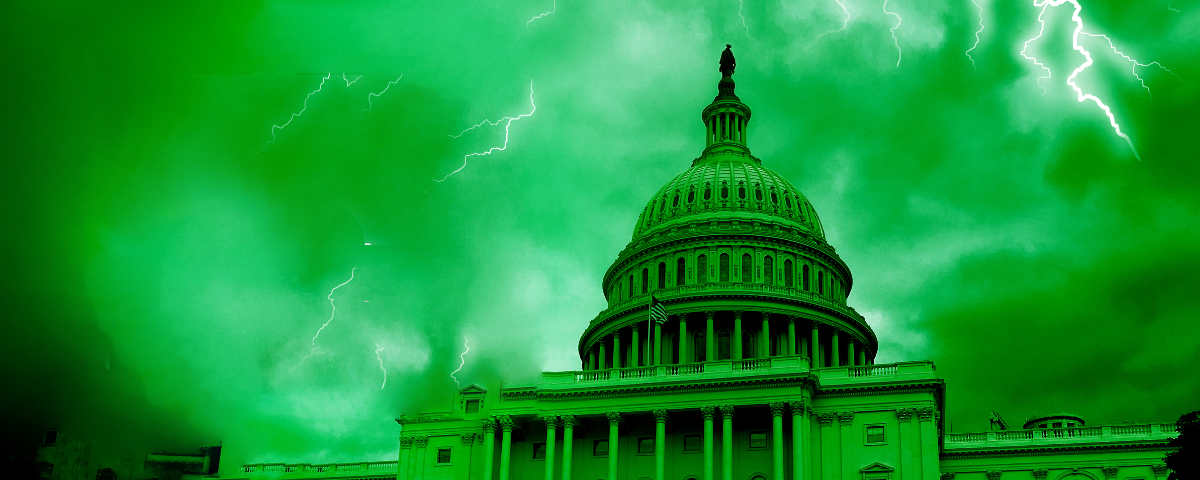(The Center Square) – Pennsylvania’s elected leaders have expanded a variety of tax credit programs, raising limits and expanding tax credits by more than $200 million from a year ago.
While the biggest chunk of credits went toward education, economic opportunity and local improvement zones benefited as well. Film production, too, led in collecting tax credits.
Political support for the use of tax credits has been bipartisan, though Republicans and Democrats differ on which programs to support.
A research brief from the Independent Fiscal Office that pulled together spending estimates and budget allocations found that tax credit programs expanded from $679 million in fiscal year 2021-22 to an estimated $888 million in 2022-23.
Tax credits are not a direct transfer of money from a government to a business or individual. Rather than grants or subsidies, a tax credit lowers the tax liability of a business or person, lowering the amount of taxes they would have to pay.
The most tax credits were approved through the Educational Improvement Tax Credit program, with almost $210 million claimed by businesses that donated to scholarship or educational improvement groups. Another $54 million in credits fell under the Educational Opportunity Scholarship Tax Credit program, which takes donations from businesses to fund scholarships for students in low-achieving schools to attend another public or non-public schools.
Economic development was also a major use for tax credits. The Keystone Opportunity Zone program, “designed to encourage investment, economic growth, and employment in designated areas of the Commonwealth,” the IFO noted, passed out $114 million in credits.
Justified on similar grounds of economic development, the Film Production Tax Credit handed out $67 million and the Entertainment Economic Enhancement Program awarded $8 million. Both programs’ limits were raised from $70 million to $100 million and from $8 million to $24 million, respectively, as part of Act 53 of 2022.
The economic development justification, however, has been questioned by critics.
The Pennsylvania Department of Community and Economic Development calls opportunity zones a “breakthrough idea” and “a tremendous success” in creating jobs and spurring billions of dollars in private investment to overlooked areas of the commonwealth. It cites a magazine that labels them “the number one economic development strategy in the nation.”
Film subsidies, too, have been politically popular with Republican and Democratic officials around Pittsburgh, as The Center Square previously reported, but academic research hasn’t found much evidence of purported economic growth thanks to the tax credits.
If trends continue, those criticisms won’t matter: the IFO report looked back at tax credit programs over the last five years and found that they have keep growing. Fiscal year 2017-18 tax credits totaled $477 million – meaning that these programs have grown by 86%.








